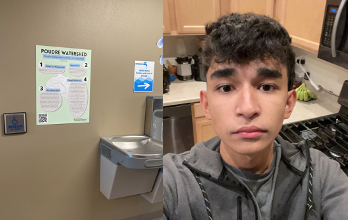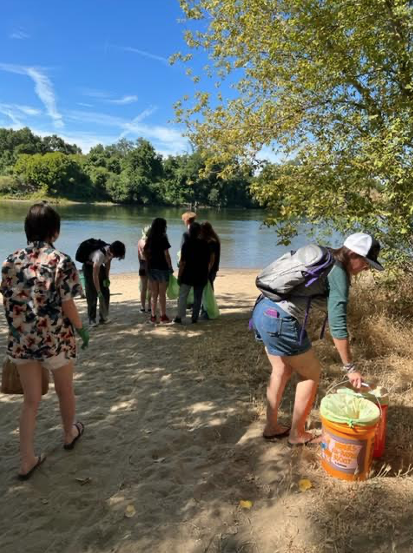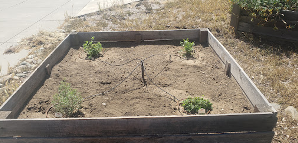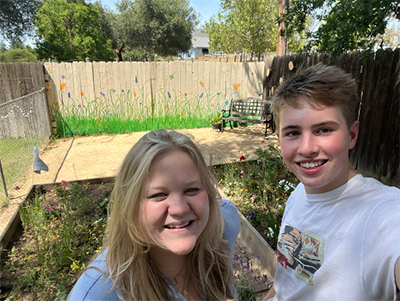Greeley West High School, Greeley, Colorado, USA
Nihit Panth from Greeley West High School learned about the numerous ways humans influence their watersheds through his environmental course –both about the good and the bad. Most importantly, Nihit learned how he can live more sustainably to improve the health and quality of his watershed. He wanted to share some of the knowledge he acquired with his peers and with community members. To do this, he developed and printed twenty educational posters to inform and encourage individuals to take steps to improve their watersheds through everyday tasks and have been displayed at outdoor centers, in his school’s hallways, and classrooms from several different schools. These posters contain information on what a watershed is, the importance of a watershed, a detailed description about Nihit’s watershed, and ideas for living more sustainably to improve water quality. With his project, Nihit was able to contribute to Targets 4.7 and 6.3 of the Sustainable Development Goals.















